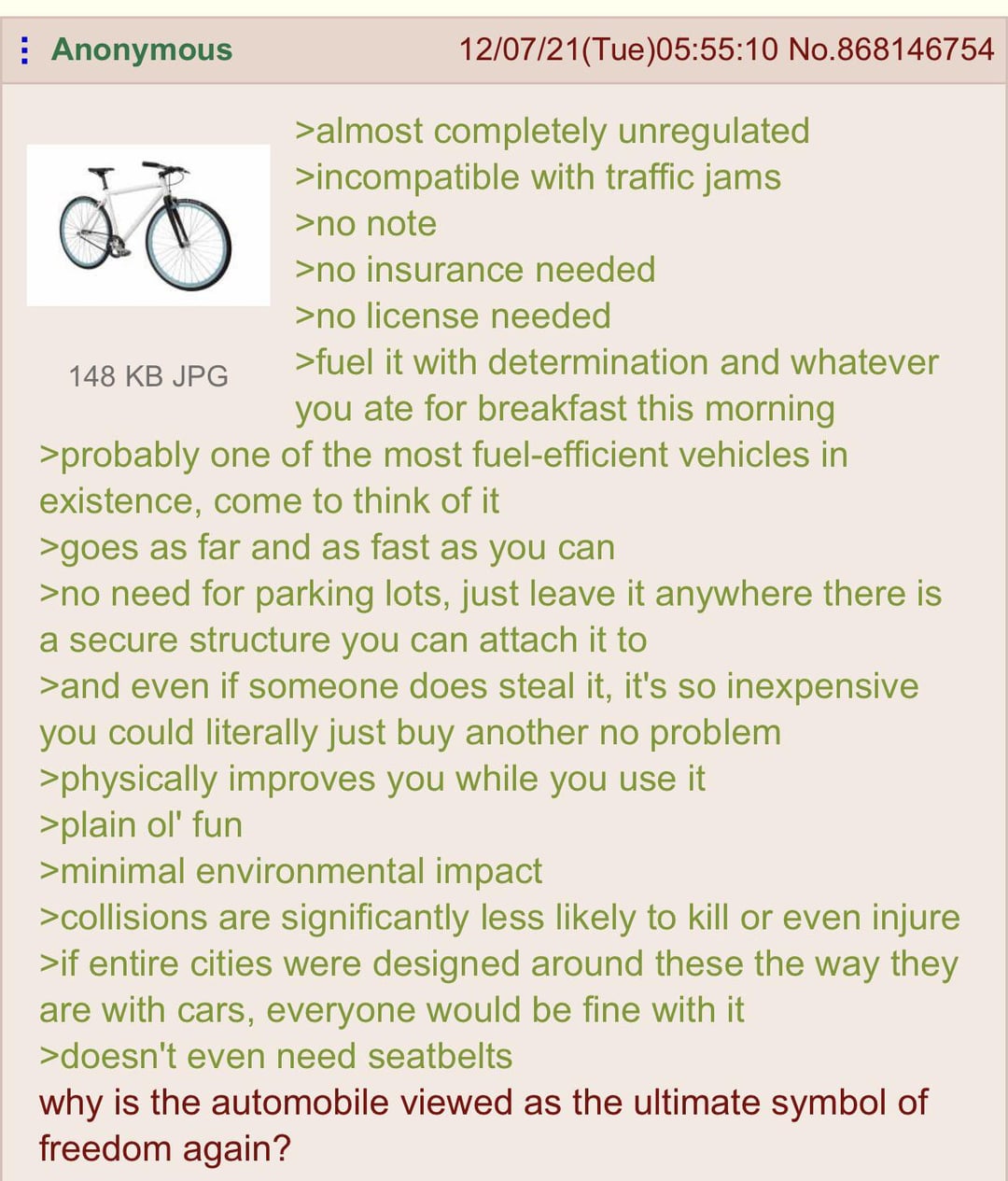Genuine question. I thought cars were engineered to be resistant to this?
It can’t just be as simple as holding a lighter next to it, right? What exactly are they using to achieve this?
Is this specific to Teslas? If not, why aren’t cars engineered to be resistant to whatever they’re using to light them on fire?
Furthermore, wouldn’t the protestors get caught? If not, then how are they evading all of this?
Just to be clear, I’m not fond of Musk. I’m just trying to understand the situation from both an engineering and social science perspective.
Has anyone actually looked at the amount of water needes to handle a tesla fire? The pdfs are available and we looked at them when I was a volunteer. It’s like 8,000 gallons or something to keep battery temps under control. Our tanker holds 2,000 gallons and foam isn’t effective like it is for normal car fires.
A single tesla on fire needs a response similar to a house fire. Most fire response is going to be very strained with multiple, especially if they are at different locations.
I saw sonething some years ago that the german firefighters use a container and fill it with water and drop the car in for a few days.
I confirm. German firefighters once the fire is out, take the EV and put into a container full of water for about two days so all the energy is slowly going down.
Source: I’m a firefighter in Germany.
Right and I’m sure it would work but technically Tesla advises responders not to. Idk why or what their recommended alternative might be
A single tesla on fire needs a response similar to a house fire.
How the fuck are these things legal
I agree but I assume the same goes for most EVs
If I ever got tired of my car and wanted to burn it down somewhere safe and legal to do it, I’d do it the same way as it is usually done for any kind of car: break the window, douse the inside with a flammable liquid and light it up. I’d also have to be very careful while lighting it because if the flammable fumes have time to build up inside before being lit, it could explode and injure the person lighting it.
A person pouring a flammable liquid should never also use an ignition source. If anything is spilt on you while pouring, it makes it much more likely you’ll catch on fire.
If lighting something small you could open, pour close with one hand, and then use your other hand to light.
Don’t they sometimes just go up in flames on their own and lock the doors preventing anyone inside from getting out?
As far as I can find there have been 0 reports of teslas catching fire AND THEN locking the driver inside. There are a few instances of teslas catching fire that have been non arson related, but no deaths. There have also been news reports of people getting locked inside their teslas, but they also made no attempt to use the manual release.
One criticism is that in some models the manual release of the back seat doors is near impossible to find, rendering them a death trap.
the deaths appear to be more the result of the vehicle fire, as opposed to drugs, or injuries the victims sustained in the crash. And troublingly, that testimony also showed the Cybertruck’s doors could not be opened in the aftermath of the crash, preventing Riordan from pulling the other three victims from the flaming wreckage.
I have no idea what sources are credible anymore at this point, so my apologies if I got this wrong. https://philkoopman.substack.com/p/people-are-still-being-burned-alive I will admit that the wording of my previous statement was not the best. It’s certainly not them doing it in their own, it’s the result of a crash or the like, but to clarify I meant without accelerants. And it’s not them locking the doors, but the power to the locks failing because of the fire or damage in the crash and them not having manual locks.
I wasn’t paying very close attention to the stories when they first started circulating, I imagine I’m not the first or last to have that the away just from casual observation.
I would imagine that with the Elon hate right more that if these were legitimate they would be front page news
No lmao
Oh wow. One case! I could find that for every make and model
Every make and model has primarily electric doors that can fail to open in a fire?
Particularly for electric cars - you have very inflamable lithium batteris, which when spiked very hard (by something sharp), so multiple layers short circuit and well short circuits leads to fire. But batteries are at the bottom of the body, with few easily exposed areas (otherwise they would be at risk of explosions all time). I do not know what people are doing exactly, but you can use a crowbar like thing to hit the beneath posterior, until you expose the battery, and then 1 or 2 hits can do it, or you can skip this and use a smaller conventional explosive.
I would like to add this - I do not condone arson. Even if anyone wants to protest - this is not the way to do it, unless you burn your own stuff, then you are only harming environment. What i wrote is purely for educational purposes.
The problem with resistance to fire is that all the stuff that makes a car comfortable for us to use is also flammable. Foam, fabric, tires. All flammable. We an slow down things, but any accelerant will negate that.
While we do have flame resistant fabrics and foam in there, there is no way to engineer it completely out. Cars are mainly engineered, safety wise, to resist crashes and impacts. Engineers don’t really sit around and think, “Man, what if someone lights this bitch on fire?” On an ICE, they try to position the fuel tank to where it isn’t easy to hit directly.
Getting caught requires someone seeing you. Camera, person, whatever. As for the other evidence. Gas is easy to get, and there are millions of suspects that all hate Musk and see his products as the a symbol to him. A few may royally fuck up, but it’s gonna be a hard case to vet out.
For or against? Not one owned by someone. I’ll leave it at that.
Musk? He can go fuck himself with a barbed wire baseball bat dipped in citric acid.
It’s most likely gasoline. It’s very difficult to engineer upholstery and rubber to be resistant to prolonged exposure to an open gas fire. Usually the best you can do is get to a minimum safe time for certain temperatures.
The highest standards you’ll run into day to day are baby clothing, bedding, and residential wall insulation.
The reasons for those being specifically regulated should be relatively obvious, and are respectively heartbreaking, scary, and sensible.Cars tend to be going fast when they encounter issues, and there’s a lot less ability to make a lot of assurances. As a result, cars tend to be designed for controlled failure rather than resilience. This allows to car to fail around the passengers, hopefully resulting in the car, which is totaled anyway, absorbing the damage the passengers would have otherwise gotten.
We can make a car that can take a 45mph collision with an oak tree. We just don’t know upfront that that’s how it’s going to crash, and the squishy people inside can’t be made to tolerate a 45mph collision with the dashboard. So instead of making a perfect fuel tank, we just make sure that if it breaks it tries to rupture the fuel away from the passenger compartment. Instead of making the upholstery incapable of burning (which comes with downsides like “expensive”, “uncomfortable”, “ugly”, “smelly”, or “even more toxic than current flame retardants”) we make it able to resist burning for as long as it would take for the air inside the vehicle to become deadly hot. It doesn’t matter if the seat fabric is unscathed if the fire is hot enough to warp the metal.Beyond all that, Tesla’s are notoriously poorly engineered, and in that category the cyber truck is best in class. I do not know, but would not be surprised, if accelerant was simply able to seep into the more flammable parts of the car from the outside.
As for surveillance catching the people, covering your face, obscuring identifying marks, and simply being far away by the time anyone notices the fire is a good bet. The police might try a bit harder because it’s an expensive property crime, but it’s ultimately a property crime where no one is going to be building their career on it, so there won’t be real incentive to go above and beyond.
Hot take, but I think the Model Y/Late Model 3 were really well engineered.
Removed by mod
Accelerants and or/ firestarters placed near the tires. Once you get the rubber burning the rest kind of takes care of itself.
If it were a sunny day and I wanted to conduct an innocuous experiment with my own property, on my own property, and it were legal to do so in my municipality, I’d place a magnifying glass, via powerful magnet and flexible arm, such that it concentrated sunlight on the tire’s sidewall. Then I’d sit back and watch until I either got bored or had to put out any resulting flames with an NFPA-approved extinguisher and/or garden hose. Then I’d record the results in a logbook and drink a beer.
Fresnel lenses (like the kind you can tear out of old projection tv’s) work great for that, but they’re kind of a pain and bulky, and very impractical. I have one I took out of an old 55" projection tv. I think charcoal firestarters by a tire works better and can be “deployed” in seconds, but concentrated light is still pretty cool. This vid shows how well they can work.
That’s awesome! I’ve tried looking for these giant lenses in the past, but never encountered any on the side of the road, unfortunately. Projection TVs are a treasure trove of awesome optical components.
This makes me wonder how well a 1W 980nm Infrared Laser would work for burning/igniting a rubber surface.
I once read an article many years about how arsonists were burning expensive cars in Berlin. The journalist indeed reported that they would light barbecue starters under the tires.
If I recall correctly, they would even place it a little bit further under the car (i.e. not the outside) so that any passerbys wouldn’t notice anything until the tire was properly burning.
This was before Tesla’s though, which have a sentry mode
With the more recent cases, I have read that they smash the windows and throw Molotov cocktails inside, but I think that would draw a lot of attention and make alarms go off.
On the other hand, I think this method might have less risk of the sentry mode filming.
Sentry mode records to local storage. It’s pretty difficult to recover data from a pile of ashes.
Filming only helps so much though. Cover your face and anything identifying, wear clothes and shoes from a thrift store, put a pebble in your shoe (to force you to walk differently) etc, and it’s pretty hard to link you to anything without some solid evidence.
Be sure to read the full story of how people are being caught.
Automatic license plate readers are everywhere.
Leave the phone also.
Good point. I didn’t think to add that because I rarely carry my tracking devices with me.
They seem to be using Molotov cocktails - that is, about a liter of gasoline ignited and spread when the bottle breaks. Since the car body itself is metal and glass, I would guess that until the battery ignites, it’s much the same mechanism of any other car burning.
Plastics in the wheel wells, mirrors, tires are ignited, which burn hot enough to ignite more protected plastics. Eventually, the battery is heated to the point of thermal runaway (analogous to the fuel tank in an internal combustion car), and then it burns to the ground.
-
Pour gasoline into a bottle.
-
Stick a rag in the bottle.
-
Light the rag
-
Throw the bottle at a Tesla
-











